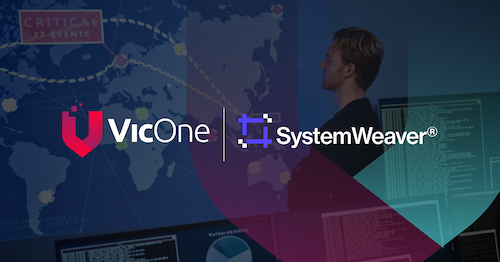
By Ling Cheng (Senior Product Marketing Manager)
In today’s landscape of product security, threat analysis and risk assessment (TARA) isn’t just a box to check during design — it’s a make-or-break factor in staying ahead of cyber risks and threats.
According to the VicOne 2025 Automotive Cybersecurity Report, 530 automotive-related vulnerabilities were published in 2024, marking another year of growth, with nearly double the total reported in 2019. This steady climb signals a quiet but urgent race: Organizations must identify vulnerabilities early, anticipate how they could be exploited, and act before attackers do and the threats become real. Any delay tips the balance in favor of adversaries, effectively handing over control of the security perimeter to attackers.
The stakes: Why static TARA is no longer enough
Traditional TARA typically ends at the design stage and remains static — rarely updated and heavily dependent on manual assessment. Why? It’s blind to new vulnerabilities or attack methods, lacking automated triggers to initiate analysis. Critical information is scattered across departments, trapped in incompatible formats and disconnected systems, making seamless data exchange nearly impossible. Effective risk assessment also demands collaboration between the product security incident response team (PSIRT) and the product team, whose expertise must align to evaluate impact and attack feasibility.
Figure 1. The disconnect between the PSIRT and the product team hinders effective TARA, as misaligned expertise and siloed data slow down risk assessments.
When a new vulnerability emerges, the PSIRT team often encounters:
- Outdated system data: Architectures and threat scenarios no longer reflect the current state of the system.
- Manual risk notification: New vulnerability intelligence doesn’t flow into the TARA process, breaking the link between detection and response.
- Manual risk analysis: Impact and attack feasibility must be reanalyzed manually, slowing down decision-making.
Most organizations lack a closed-loop workflow where vulnerability/threat intelligence feeds directly into TARA updates, driving timely adjustments to risk assessments and mitigation actions. They rely on manual processes, with no triggers to initiate TARA updates when new CVEs (Common Vulnerabilities and Exposures) are published.
The result? Delayed response — and a widened critical time gap that attackers can exploit. By the time the risk is fully assessed, the damage might have already been done.
The shift: From a static checklist to a dynamic risk management engine
A risk management process isn’t truly dynamic unless it keeps pace with emerging threats. This is where dynamic TARA comes in, transforming static risk assessments into a continuously evolving defense engine. It enables early threat detection, shortens response times, and minimizes the window of opportunity for attackers.
Our collaboration with SystemWeaver demonstrates how this vision becomes reality. By bridging the V-model gap across the product lifecycle, we enable a closed-loop workflow — from threat intelligence to automated TARA triggers to updated risk assessments and PSIRT actions. Seamless data exchange between SystemWeaver’s SDV platform and VicOne’s xZETA product security platform powers this integration. Critical inputs such as threat scenarios, attack paths, and feasibility ratings are automatically fed into the TARA process. Enabled by configuration management and full traceability, the process supports continuous compliance. The result: reduced manual effort, accelerated response, and a shift from reactive firefighting to proactive, informed risk management.
Figure 2. Automated, dynamic integration of vulnerability analysis and TARA bridges the gap between the PSIRT and the product team, enabling adaptive, dynamic vehicle risk management.
The edge: Turning TARA into your cybersecurity advantage
Dynamic TARA isn’t just a foundation of product security; it’s a risk management engine that empowers organizations to counter rapidly evolving threats. The true value of dynamic TARA lies not in automation alone but in enabling organizations to match — and outpace — the agility of their adversaries. This mindset shift transforms risk management into a core pillar of product security.
Rethink your approach to vulnerability management and TARA. Bridge the gaps, close the loop, and stay ahead of cyber risks and threats.